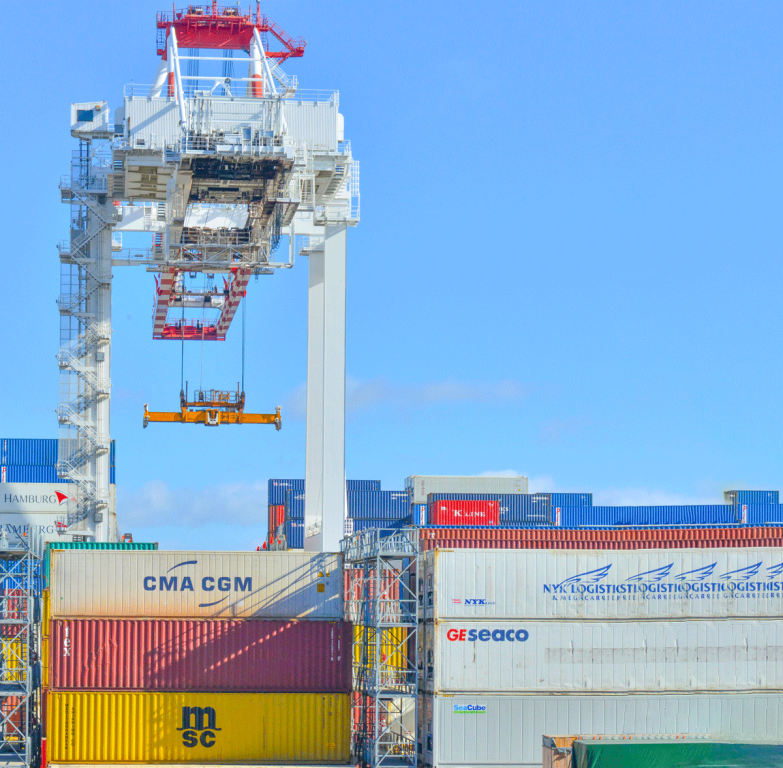
A slight rebound of the broader economy in the third quarter failed to translate to strength for the freight market. Brokers nevertheless managed to grow their business quarter over quarter and year over year, a trend that continued from the second quarter and is expected to carry into the fourth quarter, according to the latest data from the Transportation Intermediaries Association’s 3PL Market Report, Third Quarter 2022.
“There’s no doubt the third quarter proved to be a weaker environment for freight,” said TIA President and CEO Anne Reinke. “But we’re seeing relative stability among our members, who outperformed the broader market for total shipment volume. Their expertise and efficiencies in a tough marketplace have carried them through and the data points to a lasting resilience among brokers post-pandemic.”
TIA’s 3PL Market Report is released on a quarterly basis and uses data collected from 35 participating TIA members to analyze shifts in broker activity, which is largely dominated by the truckload sector. FTR Transportation Intelligence prepared this quarter’s report.
Additional Takeaways and Trends Include:
- Consumer spending remained stronger than expected for the quarter given inflation-led price increases, but that spending has been mostly in services. The personal savings rate recently fell to a nearly record-breaking level — a strong indicator that consumer spending is about to drop off in the coming quarters, which will negatively impact the freight economy.
- Intermodal, which makes up about 15 percent of all brokerage activity, experienced quarter-over-quarter and year-over-year declines in volume owing to a combination of subpar rail service and labor uncertainties at West Coast ports. Ocean shipments are instead going through East Coast and Gulf Coast ports where they’re more often transferred to trucks than rail. Long-term, the segment is proving less reliable for freight networks than other segments.
- The glut of small carrier failures first noted in the second quarter of 2022 carried into this quarter. Yet, the number of new for-hire trucking companies remains strong, a trend that points in part to technology advancements enabling intermediaries to work more efficiently with small operators using digital freight platforms.
- The automotive sector remains a bright spot for freight as real inventories of motor vehicles and parts are still about 21 percent below Q419. Unless vehicle sales weaken substantially, auto manufacturers likely would maintain production levels and that benefits the freight market.











